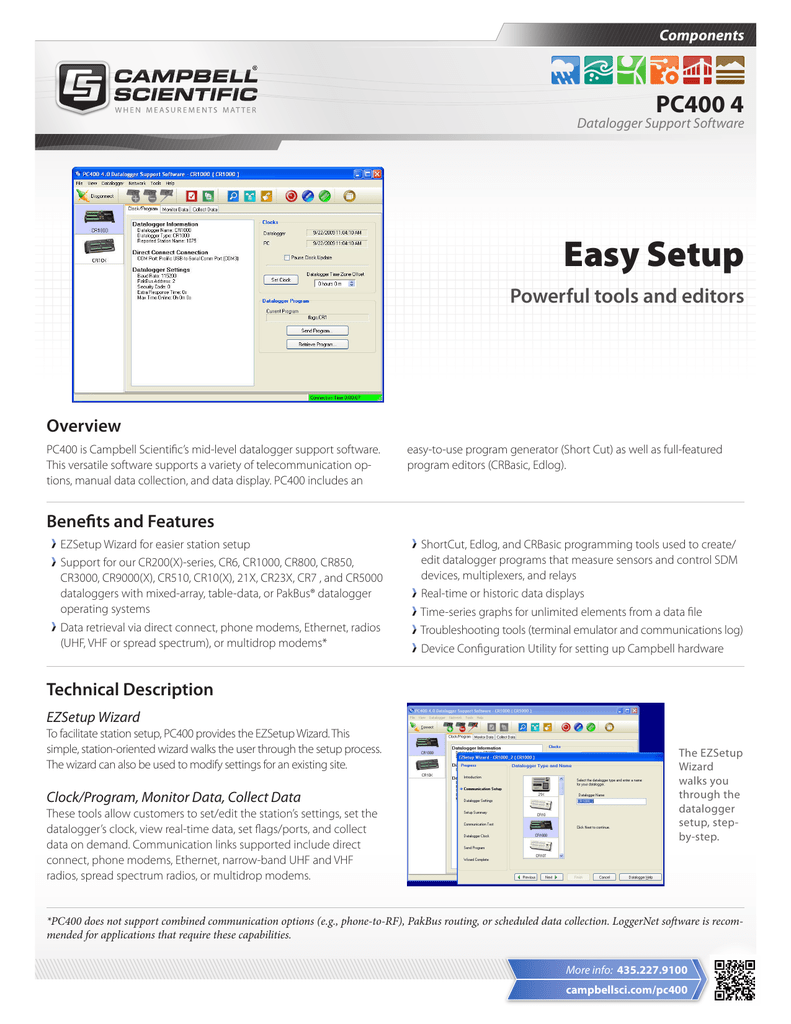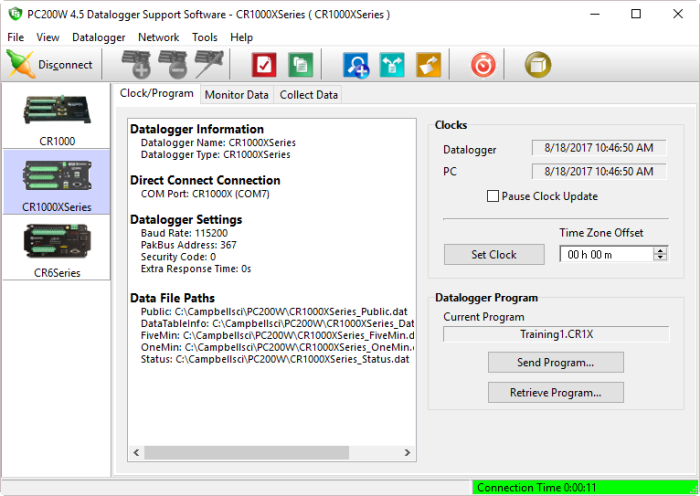

The input pin is then used to select the row number, starting from 0.įor example, if the Filename parameter is "csvfile.csv, 1" (the quotes are mandatory), the constant connected to the second input pin is set to 1, and the CSV file content is: For this mode, the Filename parameter must follow the convention: ".csv, ". If the OpTrigger block is present and the Static filename changes, the previous file will be closed but the OpTrigger block needs to be triggered again to start the recording in the new file.Īlternatively, the files names can be defined in a Comma-Separated Value (CSV) file.

Assuming the constant value changes from 12 to 15, then the file 'myfile_12.mat' will be closed (even though the max file is not reached) and a new one called 'myfile_15.mat' will be opened and the recording will continue in the new file. Then, as soon as the simulation starts, the OpWriteFile block will write to a file named 'myfle_12.mat'.
 a constant with a value of '12' is connected to the second input pin. the static filename option is unchecked. Whenever the file id input signal changes, the block closes the current file (no matter if the recording is complete or not) before opening a new one with the new input value as a suffix for the name. The value of the File ID input will be appended to the name of the file. the Static filename option is unchecked), a new input pin, called File ID, creates a new input pin on the block. Once it is full, it cannot be overwritten for the rest of the simulation. the Static filename option is checked - default option), the file created will have the name specified in the Filename parameter. If the model is named rtdemo1 and the OpWriteFile block is in the 'sm_computation' subsystem, then the file is transferred back to this path: \models\rtdemo1\rtdemo1_sm_computation\OpREDHAWKtarget\.
a constant with a value of '12' is connected to the second input pin. the static filename option is unchecked. Whenever the file id input signal changes, the block closes the current file (no matter if the recording is complete or not) before opening a new one with the new input value as a suffix for the name. The value of the File ID input will be appended to the name of the file. the Static filename option is unchecked), a new input pin, called File ID, creates a new input pin on the block. Once it is full, it cannot be overwritten for the rest of the simulation. the Static filename option is checked - default option), the file created will have the name specified in the Filename parameter. If the model is named rtdemo1 and the OpWriteFile block is in the 'sm_computation' subsystem, then the file is transferred back to this path: \models\rtdemo1\rtdemo1_sm_computation\OpREDHAWKtarget\. Binary editor use datalogging without saving data windows#
the Windows computer running RT-LAB).įor instance, if the target is Linux-based and a relative path is used, then the file is transferred back to the OpREDHAWKtarget folder of the corresponding subsystem.
Once the logging is completed or the model is reset, the file is transferred back to the localhost computer (i.e. Unchecking the static filename option can be used to record several files during the same simulation (see below for more details). mat file is not overwritten if the OpTrigger block is triggered again. the File size limit was reached), then the. Once the file is triggered and the recording completed (i.e. The acquisition group must be the same in both blocks. However, the block can be used with RT-LAB's OpTrigger block to set the condition for writing to the file. The OpWriteFile block starts recording as soon as the simulation starts. The first row is the simulation time (automatically added) the second row is the first element of the input vector signal and so on. The OpWriteFile block writes time and input signal(s) to a specified MAT file on the target, one column for each timestep. The OpWriteFile block is used to write signals to a binary file (.mat), files that are in the binary data container format that MATLAB uses.







 0 kommentar(er)
0 kommentar(er)
